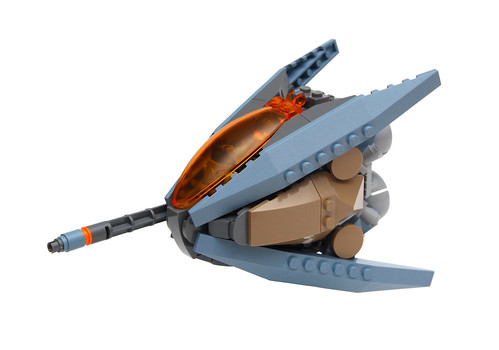
There are many good things going on with Stefan's latest starfighter. Of note is a great balance between curved and angular wedge pieces; the form doesn't come across first as bulbous or edged. The obnoxious transparent neon colors that I grew up with in previous decades were of hues difficult on the eyes; they have been phased out, thankfully, and Stefan employs a trans-orange canopy of recent production. It works better than anything with the sand blue and dark tan colors.
The incorporation of the unforgiving canopy element is also a success. Some might stray from using it and others like it because of their unfamiliar contours and the lacking aesthetics of their accompanying molds. I think Stephan's success is due in part to the notching on the long blue slope pieces. The notches allow compatibility with parts that might otherwise have intersecting studs. At first they might seem to hinder aesthetics, although here, visible from the front view, they break up the straightness of the wedge just enough to permit a transition from a strait edge to a curved one.
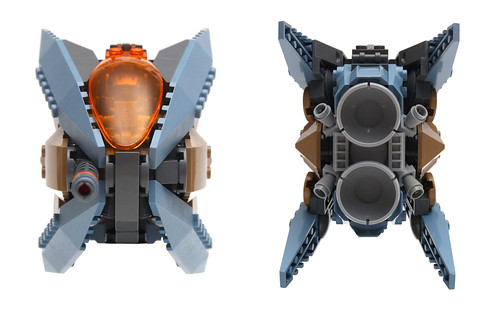
The rear view reveals simpler geometry, which lends itself to being interpreted as serving mechanical function.The angles of the four auxiliary do good to echo the four wings. When viewed from the rear, faces of the angular dark tans wedges form four triangular shapes, highlighted here by the lighting. The longest legs of these seem to come close to tangent to the round thrusters and near parallel to the fins of 47456, forming an imaginary diamond. The triad slits in the sockets Stefan uses for thrusters also hint at this geometry. The one thing that stands out of form are the 8 square insets of 41862.
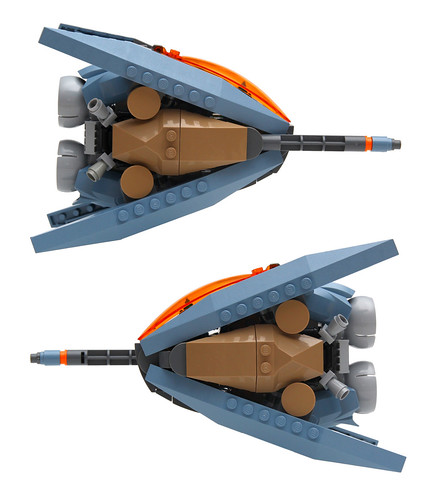
The cockpit canopy protrudes from the fuselage, visible in the profiles. The orange shape is complemented by a similarly shaped protrusion on the underside. The detail is barely noticeable but it is enough to suggest symmetry.
 Loads of fun, Stefan.
Loads of fun, Stefan.

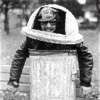
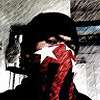




1 comment:
Love this design.. Way to go!
Post a Comment